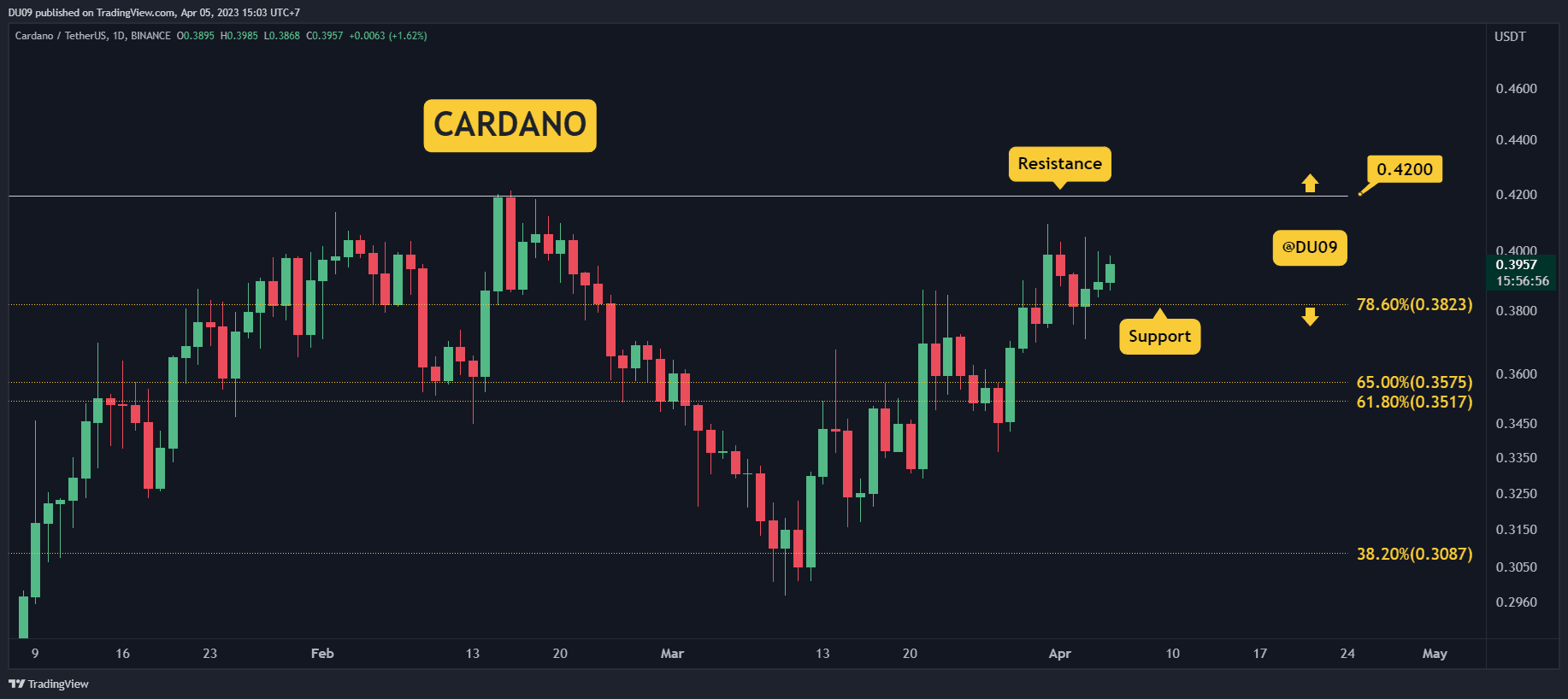More Than $100 Million Stolen From DeFi Projects in 2020
2020 has been an interesting year, to say the least. The cryptocurrency field, in general, witnessed tremendous growth.
The total market cap surged from $340 billion in January to a new record of over $800 billion at the time of this writing, more than doubling its value.
The growth in decentralized finance (DeFi), however, is even more substantial. Data shows that there’s currently more than $15 billion total value locked in DeFi protocols – an increase upwards of 2500% since March.
With the growing interest in the field, however, there have been plenty of ‘bad actors’ scamming investors out of their money. DeFi is far more technical and harder to understand compared to traditional crypto, allowing hackers to exploit untested and unaudited protocols, as well as to create scam projects, riding FOMO waves. The fact that DeFi is decentralized, and often far from being recognized under any given persona, does not contribute to the situation.
More Than $100 Million Already Stolen in 2020
In 2020, we’ve witnessed plenty of attacks on DeFi protocols, resulting in millions of dollars lost by regular investors. According to CipherTrace’s November report, the amount surpasses $100 million, meaning that at the time of this writing, it’s undoubtedly more.
Moreover, the report also indicates that funds from some of the largest industry hacks of the year, such as the one of KuCoin, were laundered through DeFi solutions.
Clearly, there are plenty of pressure points to consider. Michael Beck, Project Lead at UNION Finance, shared some of his views on the matter with CryptoPotato:
“Preventative measures for securing smart contracts (e.g., bug bounties, audits, etc.) are wholly insufficient to meet the blossoming ingenuity of audacious financial engineers and smart contract hackers probing open code on Ethereum.”
Beck also said that it’s entirely possible for the issues to amplify as we go forward. “With time and capital resources (flash loans) on hand, malicious or even just intellectually curious users can unearth vulnerabilities that rapid-prototyping developers or even seasoned teams miss.”

Indeed, just a week ago, yet another DeFi protocol, Warp Finance, was exploited for $7.7 million in a flash loan attack. Beck said that the defi space “clearly needs protection products – like various derivatives for hedging asset and protocol exposure – to prived restitution as a fail-safe in the inevitable event that preventative measures again prove insufficient.”
He also clarified that his project’s (UNION) goal is to provide the cornerstone infrastructure to protect participants such as buyers and liquidity providers, as well as community-directed issuance of variable asset-protection instruments.
Looking Forward Into 2021
Clearly, 2020 has paved the way for massive expansion for DeFi products as there’s an obvious and tremendous market for them. A 2500% increase in the value locked, as mentioned above, is definitive proof of that.
However, it’s also important to highlight the challenges that DeFi brings to regular investors and also to seasoned developers and teams who are evidently not out of harm’s way. There are plenty of examples to back this up, including the Warp Finance flash loan exploit, as well as the multiple attacks on the DeFi protocol bZx.
Moreover, the DeFi craze also highlighted some existing inefficiencies with Ethereum’s network where gas prices skyrocketed, making it very challenging for retail folks to participate. With the network’s transition to Ethereum 2.0, however, the team hopes to tackle these challenges.









